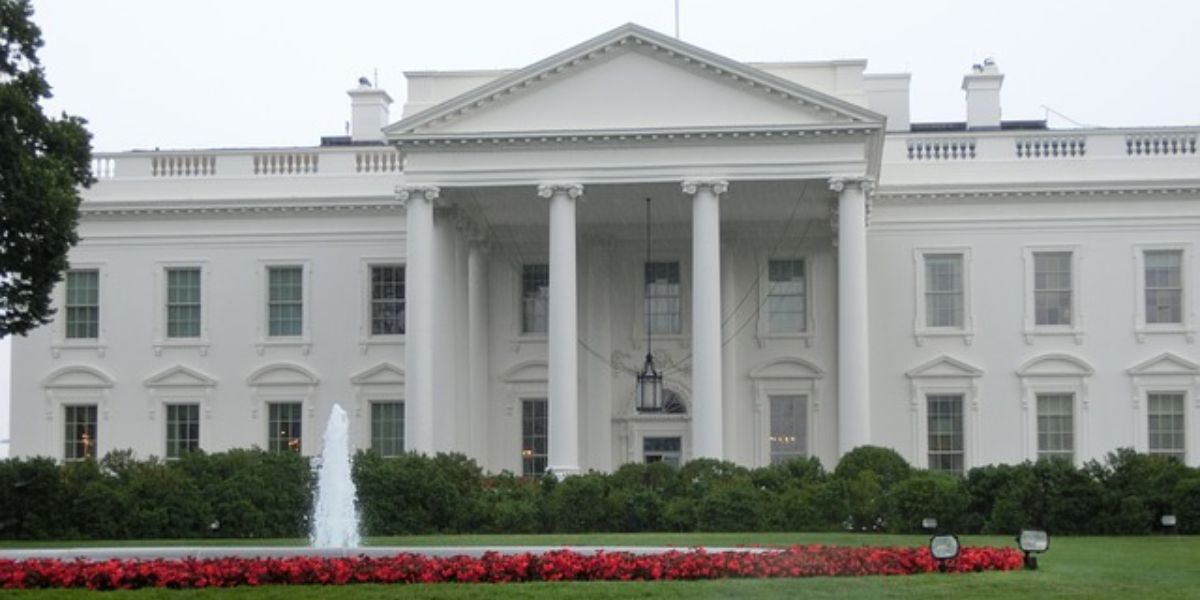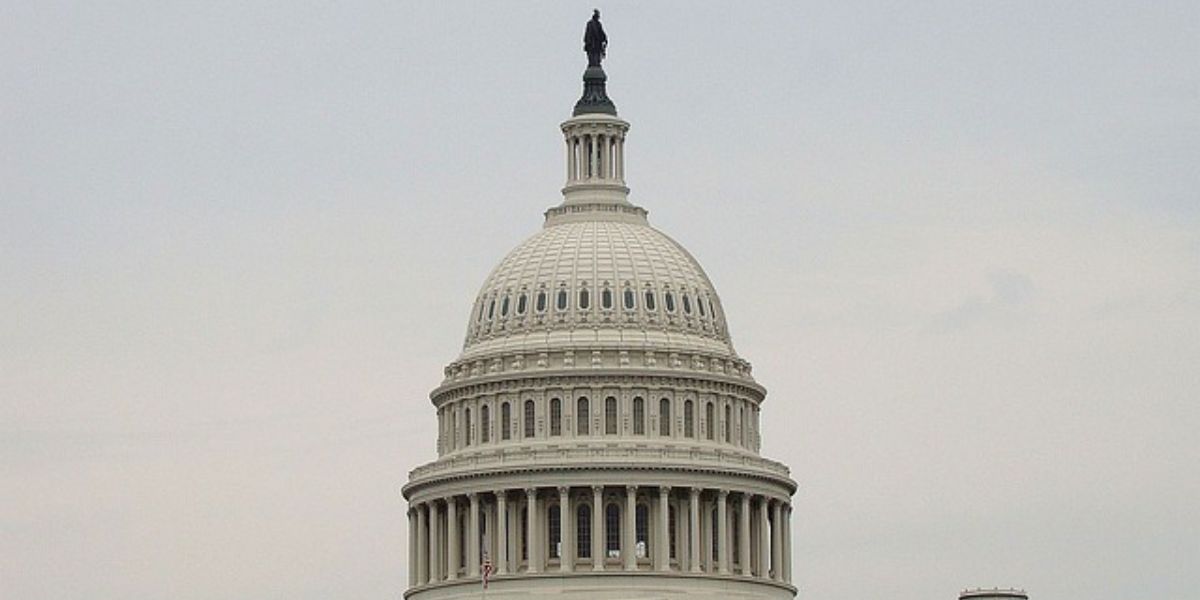On 17 January 2025 the IMF published the update to the World Economic Outlook, with the subtitle Global Growth: Divergent and Uncertain. The update notes that global growth is expected to remain stable at 3.3% in both 2025 and 2026, below the historical average of 3.7% (which is based on the years 2000 to 2019). Within the global growth figure there are divergent forecasts across economies.
In the US, there is still strong underlying demand; and growth is projected to be at 2.7% in 2025. In the euro area, growth is expected to increase but more gradually than previously anticipated, as geopolitical tensions continue to depress sentiment.
Economic policy uncertainty has increased, especially on the trade and fiscal fronts, and expectations of policy shifts under new governments have shaped recent financial market pricing. Political instability in some Asian and European countries has affected markets and added more uncertainty on fiscal and structural policies. Geopolitical tensions and global trade frictions are still high.
In the medium term there are downside risks to the economic outlook, with global growth poised to be lower than its 2025/26 average and with five-year growth forecasts around 3%. There are downside risks in most economies with elevated policy uncertainty and problems from ongoing adjustments, particularly energy transition in Europe and real estate in China. An intensification of protectionist policies, in the form of a new wave of tariffs, could increase trade tensions, lower investment, reduce market efficiency, distort trade flows and disrupt supply chains.
Expansionary measures such as tax cuts in the US could boost economic activity in the near term, with small positive spillovers onto global growth. However, in the longer term this may require a larger fiscal policy adjustment that could disrupt markets and the economy, potentially weakening the role of US Treasuries as the global safe asset.
While relaxation of unduly tight regulations and reduced red tape for businesses in the US may spur near-term growth through higher investment, appreciation of the dollar could fuel risks of capital outflows from emerging market and developing economies. An excessive rollback of the regulations that were designed to put limits on risk-taking and debt accumulation could give rise to boom-bust dynamics for the US in the longer term.
Other supply-side shocks, such as labour force disruptions driven by reductions in migration flows to the US, could permanently reduce potential output. If the adverse effects of the tariffs and the reduction in the labour force dominate, global activity as well as activity in the US might be affected negatively in the medium term.
Decisive policy action is needed to enhance economic dynamism, boost the supply side, and counter the rising risks to medium-term growth prospects. Targeted reforms in labour markets, competition, health care, education, and digitalization can revive productivity growth and attract capital. Multilateral cooperation is vital in containing fragmentation and sustaining growth and stability.
Trade policies should be consistent with the legal framework of the World Trade Organization (WTO), to reduce trade distortions. Priority should be given to restoring a fully functioning WTO dispute settlement system. This can level the playing field and provide greater resilience within the rules-based multilateral trading system.













